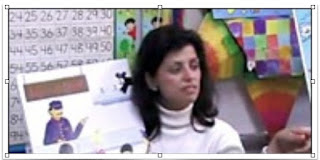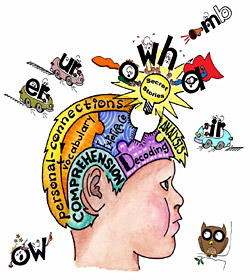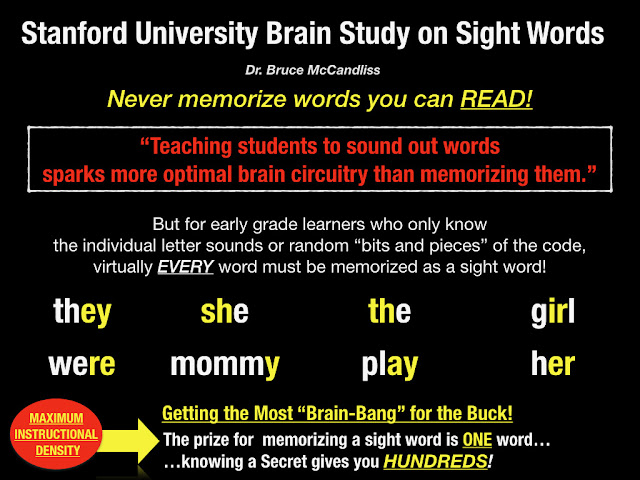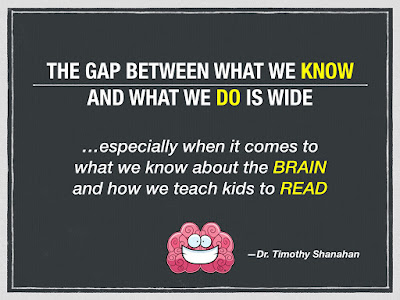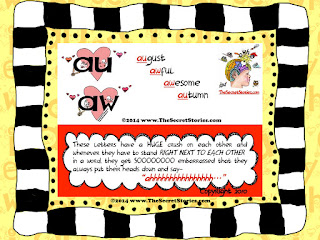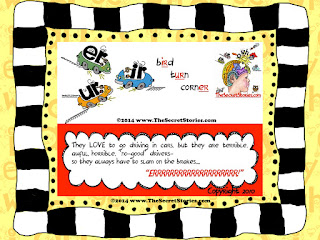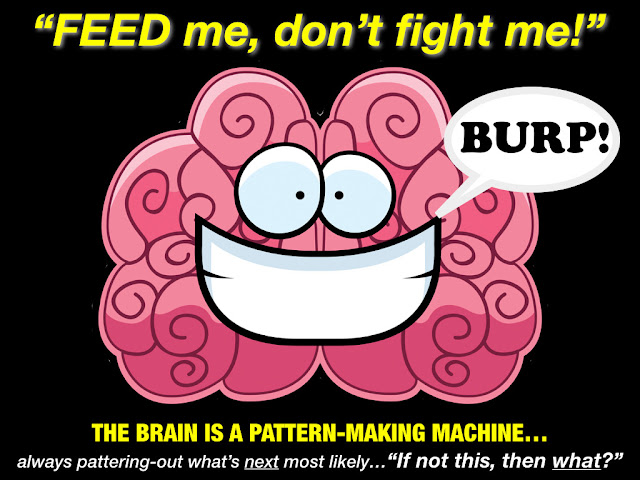The Home School Connection
Letting Parents in on the “Secrets!”
So here are some Do’s AND Don’ts for sharing the Secrets with your parents!
—DO devote some time during Open House to let parents know about the Secrets (i.e. what they are, how kids use them to read/spell words, etc..) and be sure to send home a copy of the “Parent-Share” page (found in the white section of your Secret Stories® book). As time at Open House is short, the “Parent-Share” page is key, as it allows them to “dig deeper” later by accessing the Secret Stories® website, YouTube Channel and even get information on the Parent/Home Version for acceleration or remediation at home.
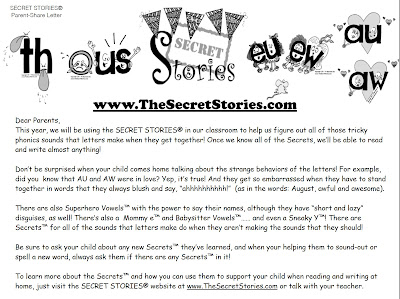 |
| Secret Stories® Phonics Book “Parent Share” Page |
At our school, Open House was usually a couple of weeks into the school year, so news of the Secrets had already started to make its way home to many of the parents in my classroom.Some parents, however had no idea that the “secrets” their kids kept talking about were actually about the sounds of the letters! That’s why it’s important to let parents in on the Secrets as early in the year as possible. That way, parents know how to support reading and writing efforts at home by asking their child, “Do you see any Secrets? (when reading) and “Do you hear any Secret sounds?” (when writing). Parents don’t have to “know” all of the Secrets in order to remind their child to look and listen for them in words.
—DO include the kids in sharing the Secrets! Whether at Open House or sometime in the first few weeks of school (or both!) you can let the kids “act-out” some Secret Stories® for their parents! It’s a great way to reinforce them with students while introducing them to parents, plus there’s NO learning curve! With the Secrets, everyone (students and parents, both!) just “get” them!
Below is a teacher dramatization of a Secret (you can find more on the Secret Stories® Youtube Channel here!)
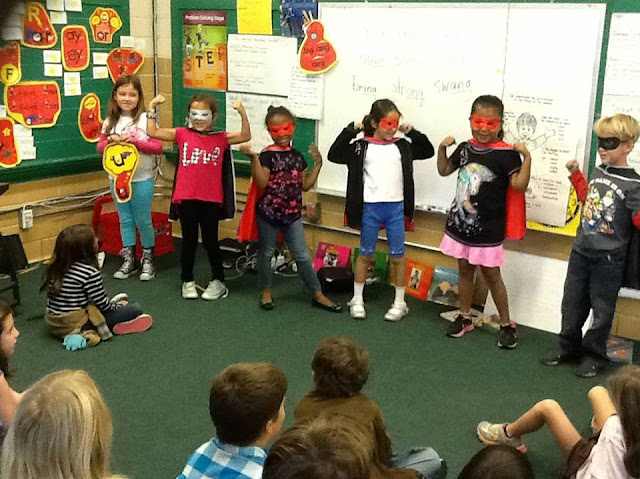 |
| Kids acting out the Superhero Vowels® and their “short & lazy” sounds! |
—DO tell parents about new Secrets that were shared in the newsletter!
Open-ended questions are best, allowing kids to take full-ownership of the story, so anything along the lines of those below will do:
—”Ask Johnny to tell you the Secret we learned about au/aw!”
—”See if Johnny can tell you some words that have the au/aw Secret!”
—”Over the weekend, see how many words with the au/aw Secret Johnny can spot!”
Kids will take great pride in the Secrets that they know, as each new Secret represents their ever-growing power over text! It’s a mistake to assume that without including the actual story, kids won’t be able to tell parents the Secret. The more responsibility students are given, have, the nore they will show, plus the Secrets are stored in the same social-emotional “feeling” based centers that keep track of “who got in trouble” and “who got to be the line leader,” so they’re not likely to forget them!
Now that’s not to say that there won’t be times when a little clarification might be needed. Like the time one of my kinders went home and told his mother…
“Mrs. Garner told us about this guy who’s married, but he has a girlfriend too, and he loves them both so much that he says “ahhhhhhhhh” with both of them! She talks about them every day and even has their picture up on the wall….”
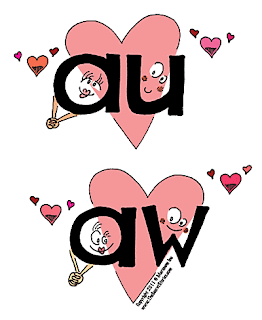 |
| Secret Stories® Phonics Secret au/aw |
He was talking about au/aw, but it took his mom (who came in first thing the following morning!) and I a good while to actually figure that out! And even though the Secret didn’t quite make it home completely intact, that same little guy could still put to immediate use to crack words like: August, awful, awesome or awful!
—DO consider purchasing the Secret Stories® Porta-Pics ($2.50 per student, sold in sets of 25) for your class to use in the classroom and at home. They are cheaper than a Scholastic Book Order and can be used with multi-grade level siblings at home.
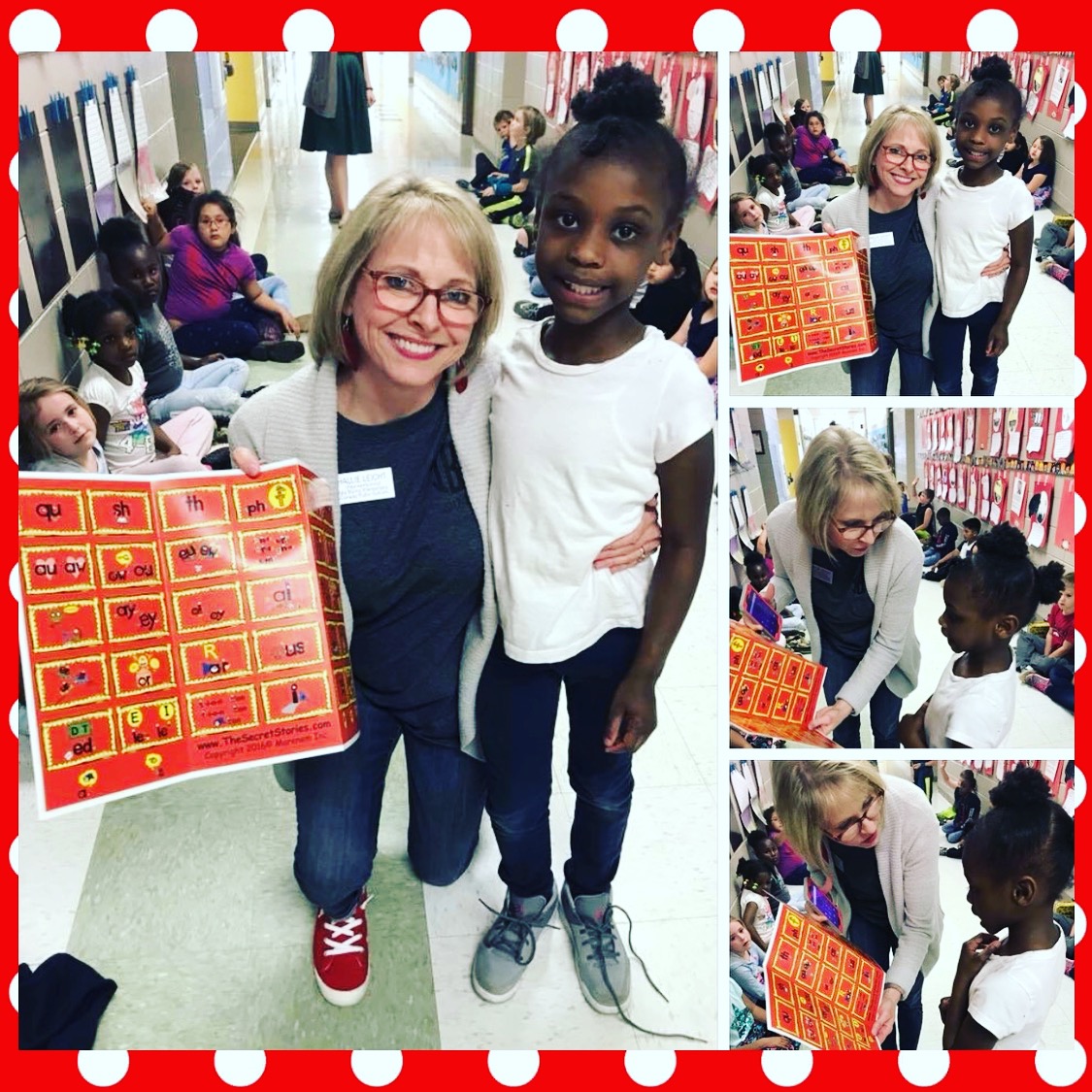
Providing the Porta-Pics for home use is also a great way to satisfy a common component of many School Improvement Plans, which is to foster connections between home and school learning and parent involvement. Many schools will offer a “Secret” Parent Night where they are given free to those parents who attend!
 |
| SECRET STORIES® Porta-Pics |
 |
| A “Secret” Parent Night with Parent Resource hosted by PTA to familiarize parents with the Secrets! |
—DO send home the reproducible Secret sheets (in the back of the Secret Stories® book) as they are mastered in guided group, and alert parents to look for them to come home regularly. Kids not only love earning a Secret “star” with each sheet mastered and moving on to the next Secret group, but sending them home is also a great way to keep parents informed and create a perfect summer review packet of all the Secrets!
Like the Secret sheets (which kids work-through in guided reading alongside actual text), the Secret Stories® Guided Readers provide another great way for parents to support and practice Secrets at home, as does Spotting Secrets, which includes thumbnail-sized graphics for many of the more common digraph-Secrets (th, ch, wh, sh, ph, gh, etc….).
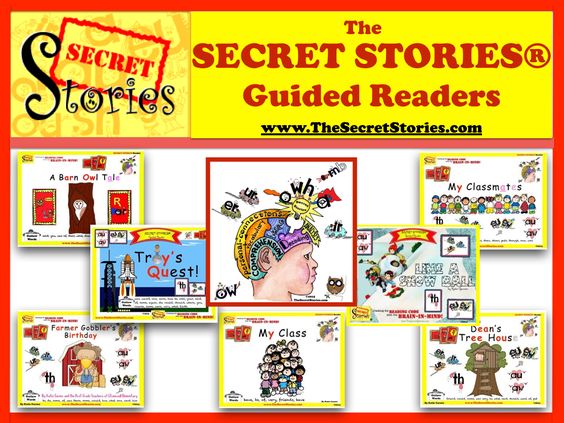 |
| Secret Stories® Phonics Guided Readers (See individual reader links in product description.) |
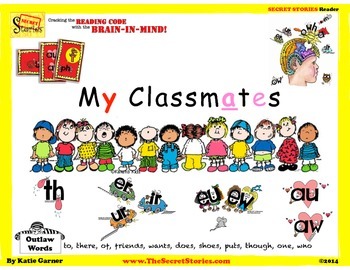 |
| Secret Stories® Phonics Reader — My Classmates |
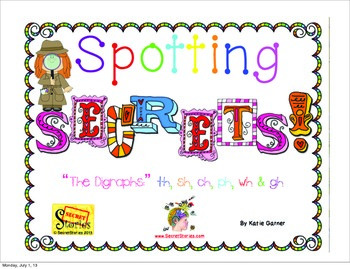 |
| Secret Stories® Spotting Secrets |
 |
| Secret Stories® Spotting Secrets |
 |
| Secret Stories® Mini-Alphabet Mats (made to match the BETTER Alphabet Classroom Anchor, below) |
 |
| Secret Stories® Phonics BETTER Alphabet Classroom Anchor (for use with Secret Stories® BETTER Alphabet Song for Individual Letter Sound Mastery in 2 wks-2mos!) |
 |
| The SECRETS of the Superhero Vowels® & MORE! |
-DO consider using your “old” Secret Stories® posters (for those who have them) to create “take-home” Secret Stories® big book that students can take home on a rotating basis. I explained more about this in a previous post that you can read here. This is a great idea for all those who have purchased the newly updated and expanded Secret Stories® edition, Version 2.0 with the new Fun & Funky, Original or Space Saver posters.
 |
| Secret Stories® with “Fun & Funky” Posters |
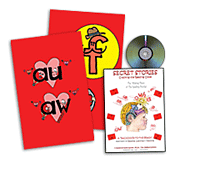 |
| Secret Stories® with “Original” Posters |
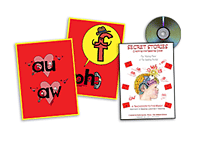 |
| Secret Stories® with “Space Saver” Posters |
—DON’T copy the Secret Stories® graphics (posters, book or “cut-apart” cards) or any of the copy written text. Not only is it infringing on the copyrights and trademarks, but at just $2.50 a student, the Porta-Pics are a much cheaper way to send all of the Secrets home with kids than paying to make illegal color copies….plus they won’t land you in hot water with your school or district!
I had to mention this one because oftentimes, as teachers, we are provided with adopted, reading series material that we ARE allowed to copy and distribute to our students, as per the licensing agreement when purchased. With Secret Stories® however, this is not the case, which is why the Porta-Pics were created— to provide teachers with an easy and inexpensive way to send the Secrets home to parents.
—DON’T make copies of the Porta-Pics either— Lol! ;-)
You wouldn’t believe some of the unusual “Secret” things that I’ve have found (and that folks kind folks have discovered and sent to me) online! By far, the absolute strangest was the way that someone had attempted to “share” the Secret Storie® was by uploading to Google Docs a 200+ page PDF file of the Secret Stories® book, held in her hand, one page at a time… from cover to cover! (The funniest part was that she was holding it up, as if she were reading it to the class, which meant that her fingers were prominently featured in every shot!) I cannot even imagine how long the entire process of photographing every single pari of pages— from cover to cover— must have taken her…. or how she was able to find someone to actually take all of those pictures!!! In her defense though, the Porta-Pics hadn’t been available at that time! ;-)
There, you will find links for other other ‘made-to-match’ sets, including the FREE Common Core Science Posters, also for grades PreK-3rd!
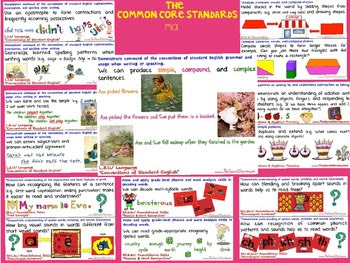 |
| FREE Secret Stories® Common Core Literacy Posters for PreK-3rd Grade |
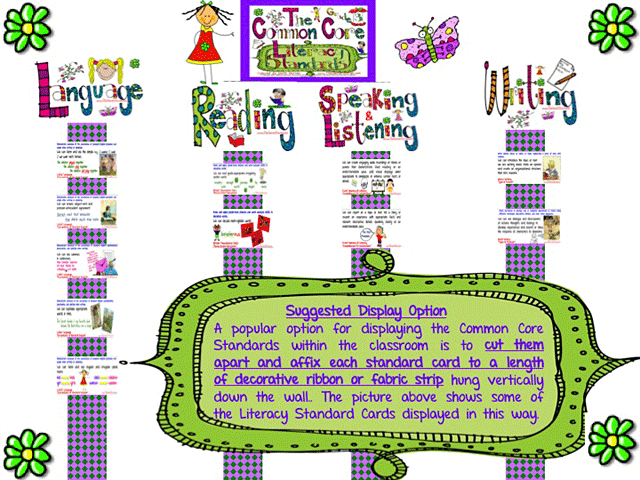 |
| Display Option for FREE Secret Stories PreK-3rd Common Core Literacy Posters |
 |
| FREE Science Common Core Posters for PreK & Kindergarten |
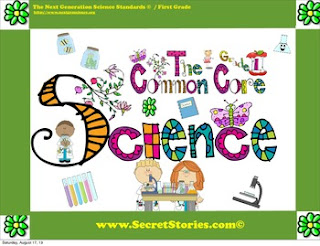 |
| FREE Science Common Core Posters for 1st Grade |
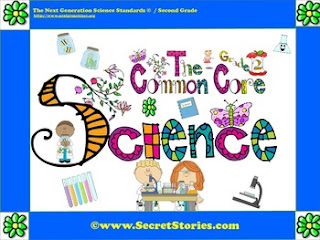 |
|
|
 |
| FREE Science Common Core Posters for 3rd Grade |
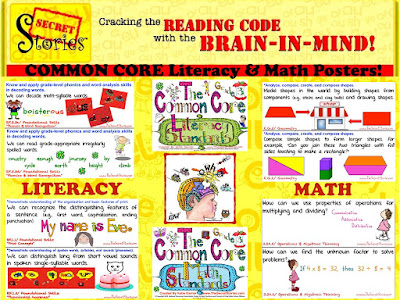 |
| “Made-to-Match” PreK-3rd Common Core Literacy & Math Combo |
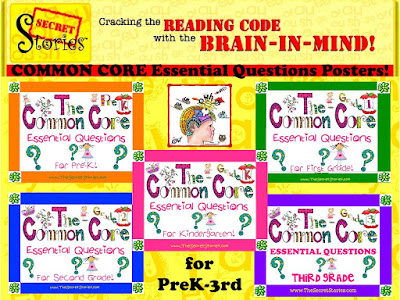 |
| “Made-to-Match” PreK-3rd Common Core Essential Questions Posters |
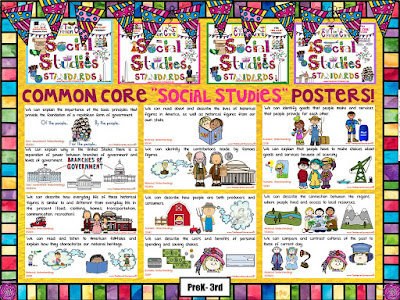 |
| “Made-to-Match” PreK-3rd Common Core Social Studies Posters |
Never Miss a Secret! Subscribe to the Newsletter!
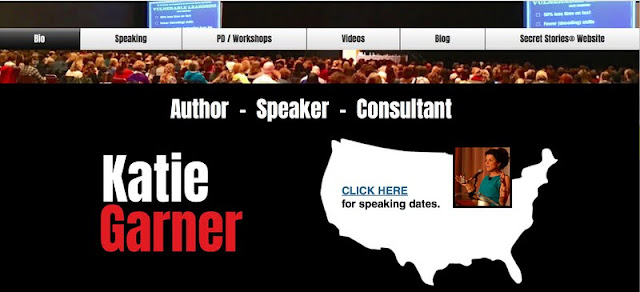 |
| For a list of upcoming conferences, or for information on scheduling a school or district professional development workshop, click here. |
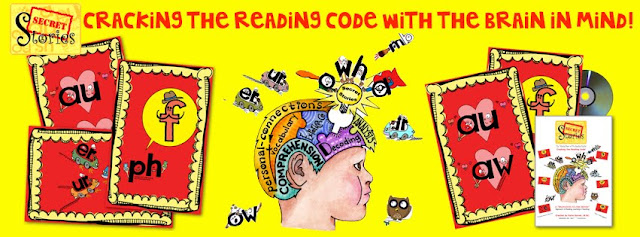 |
|
|

